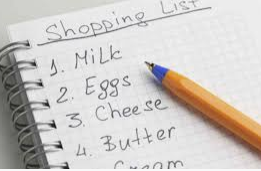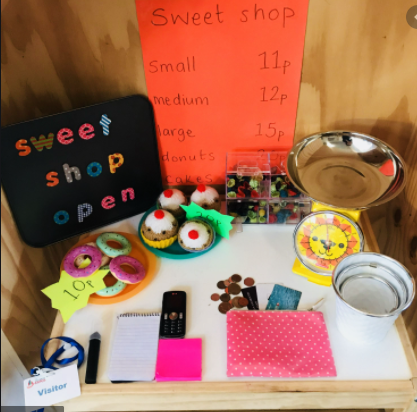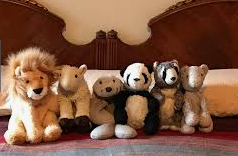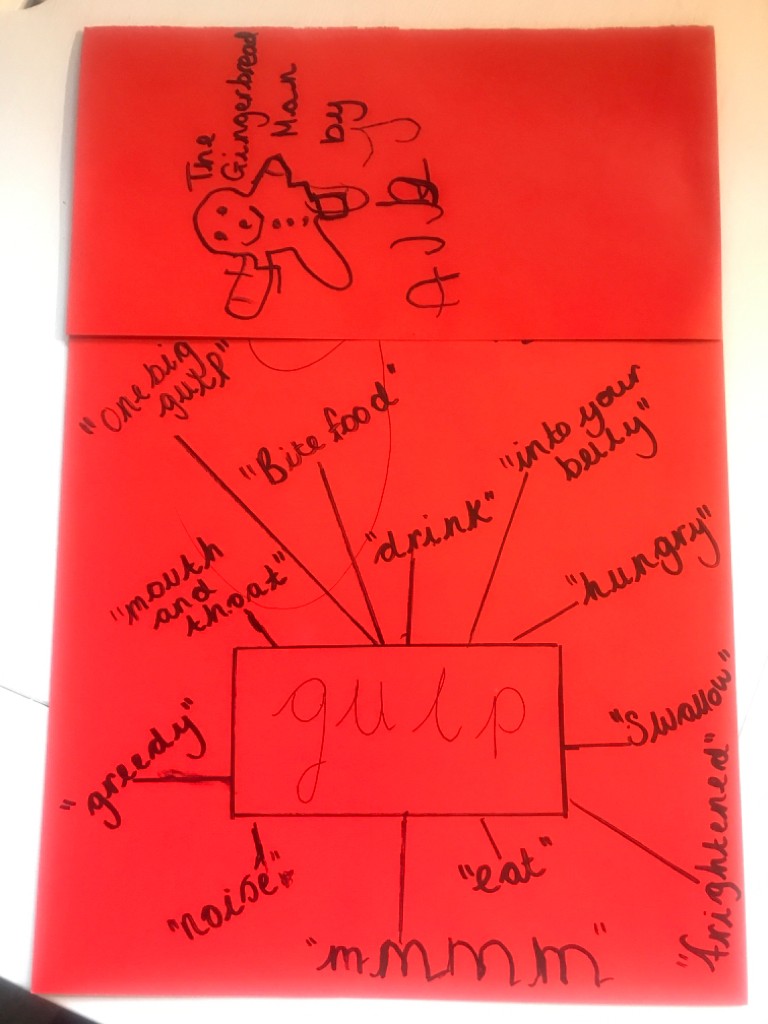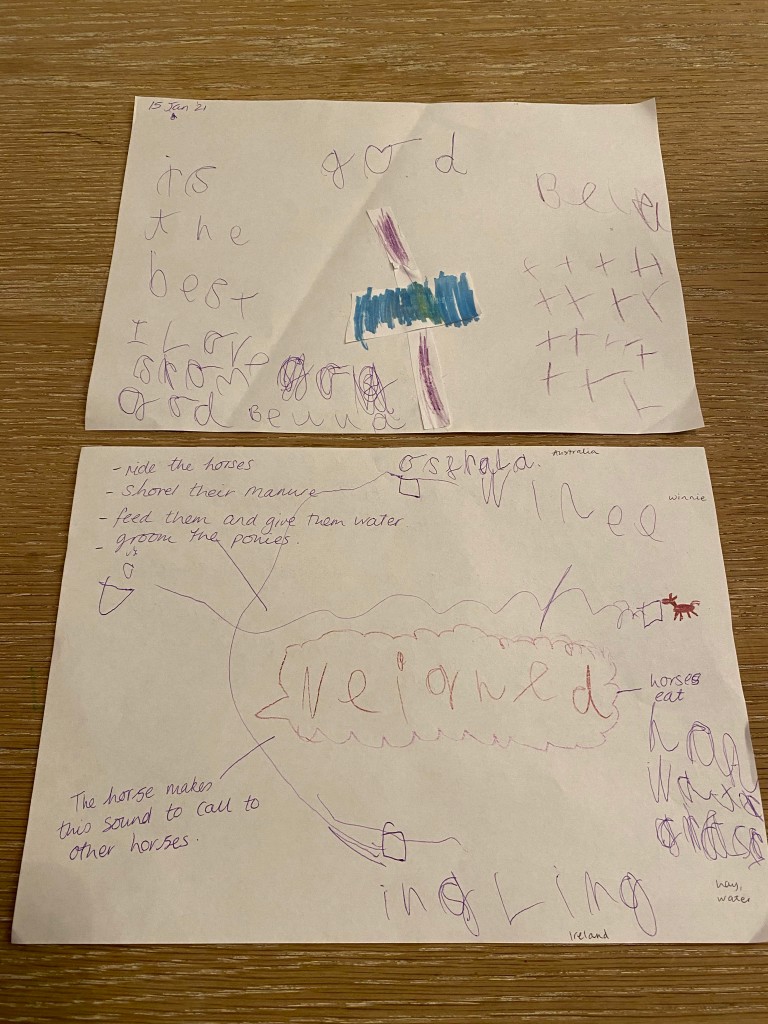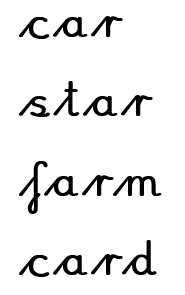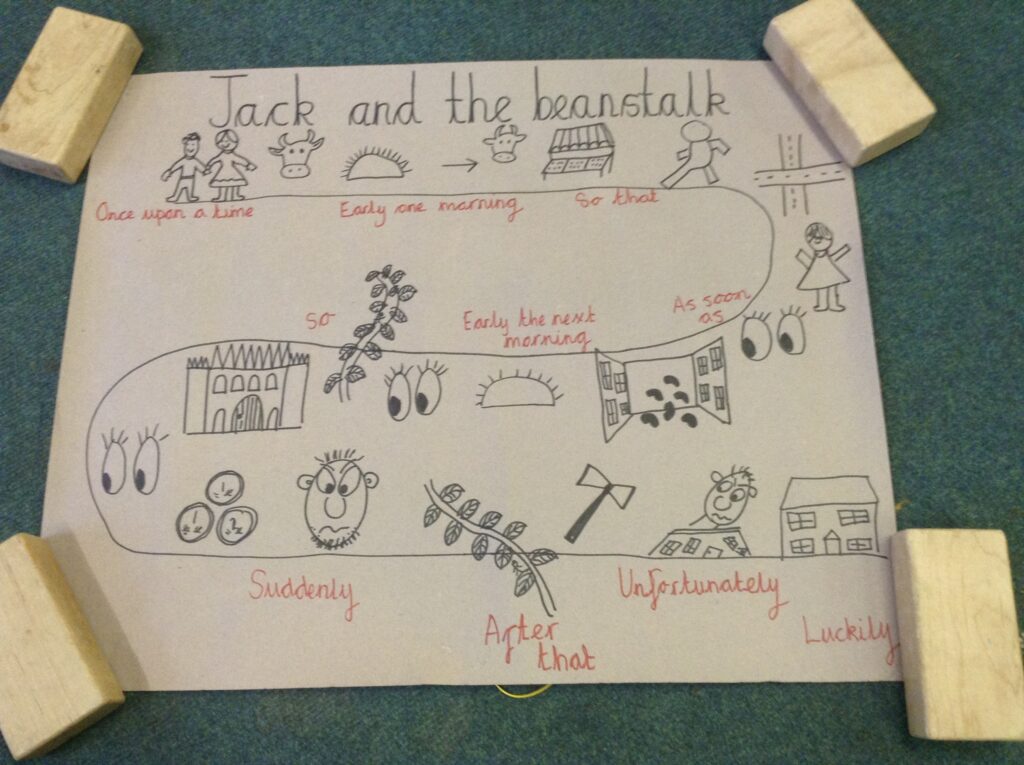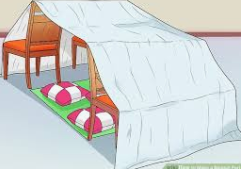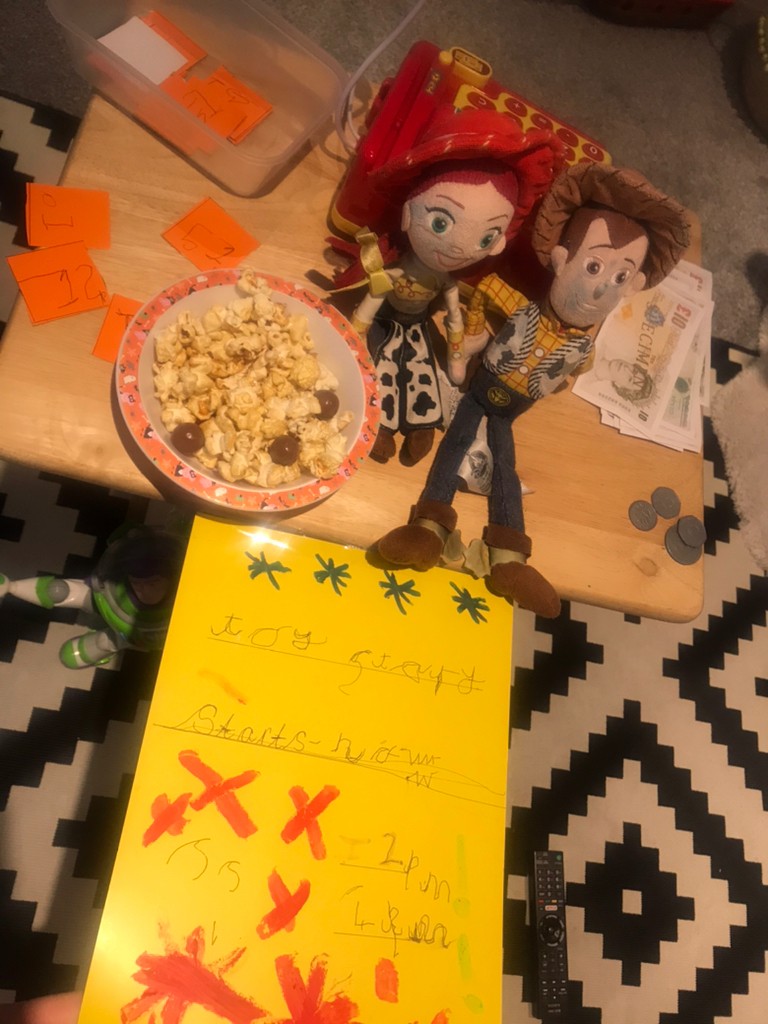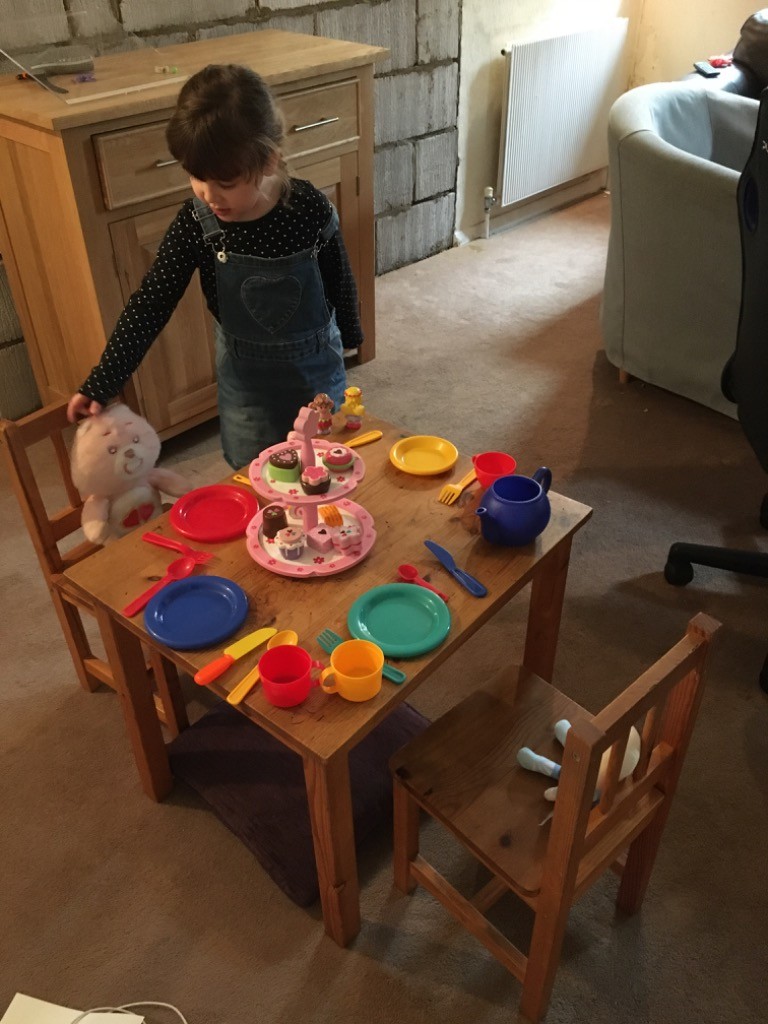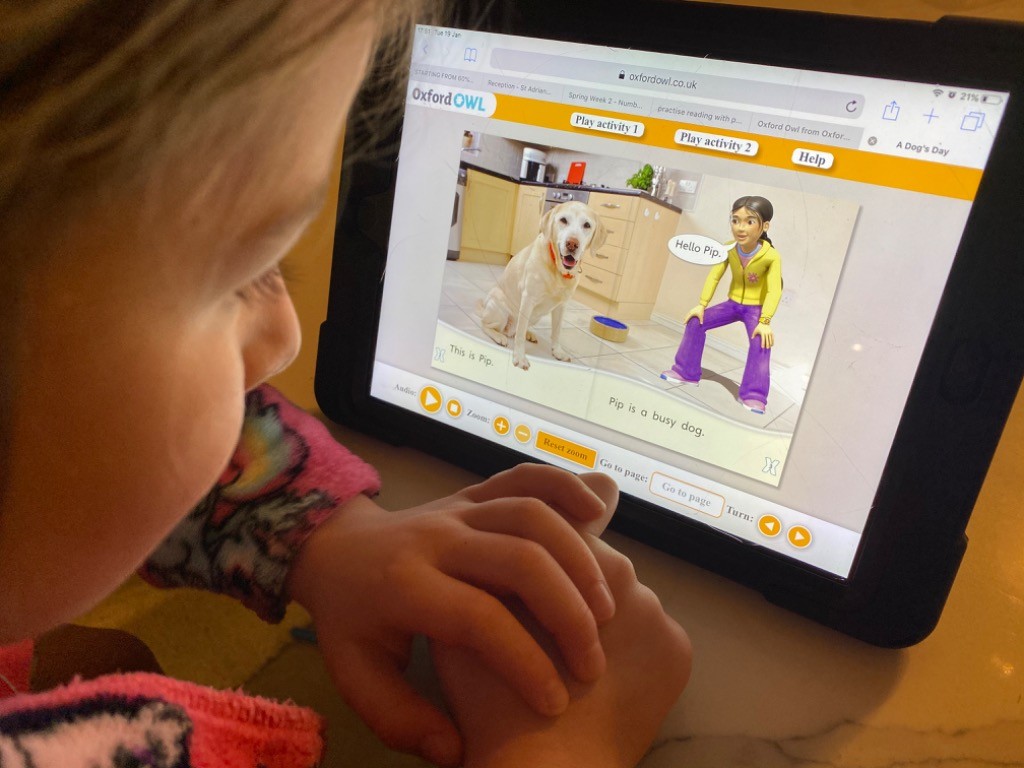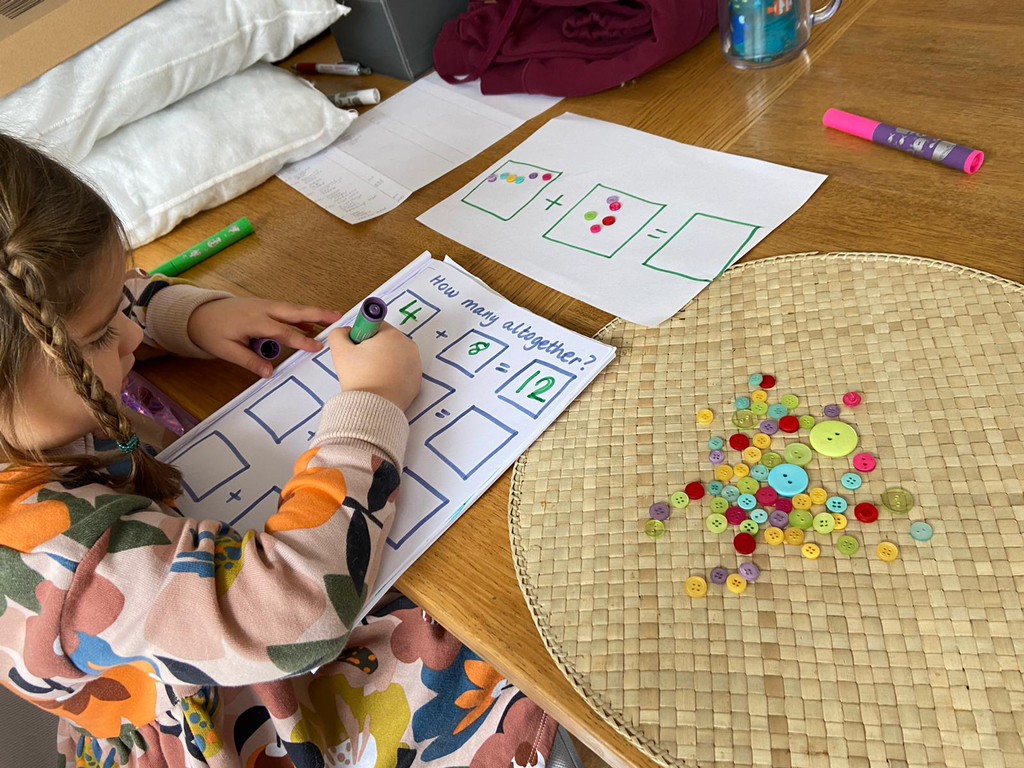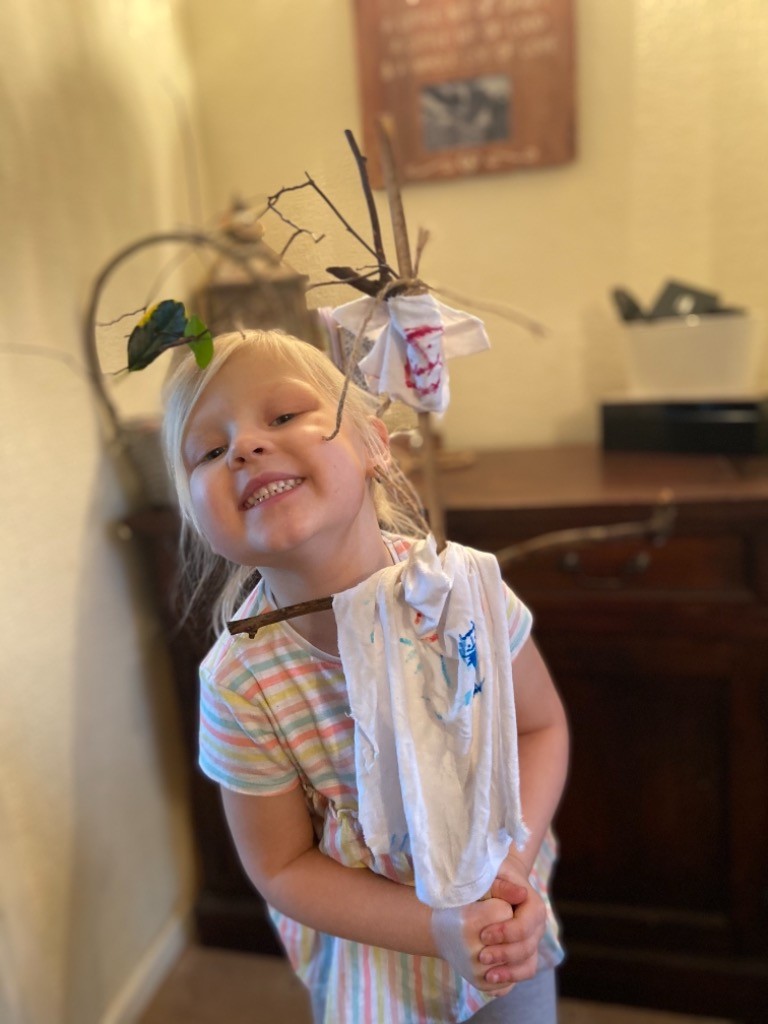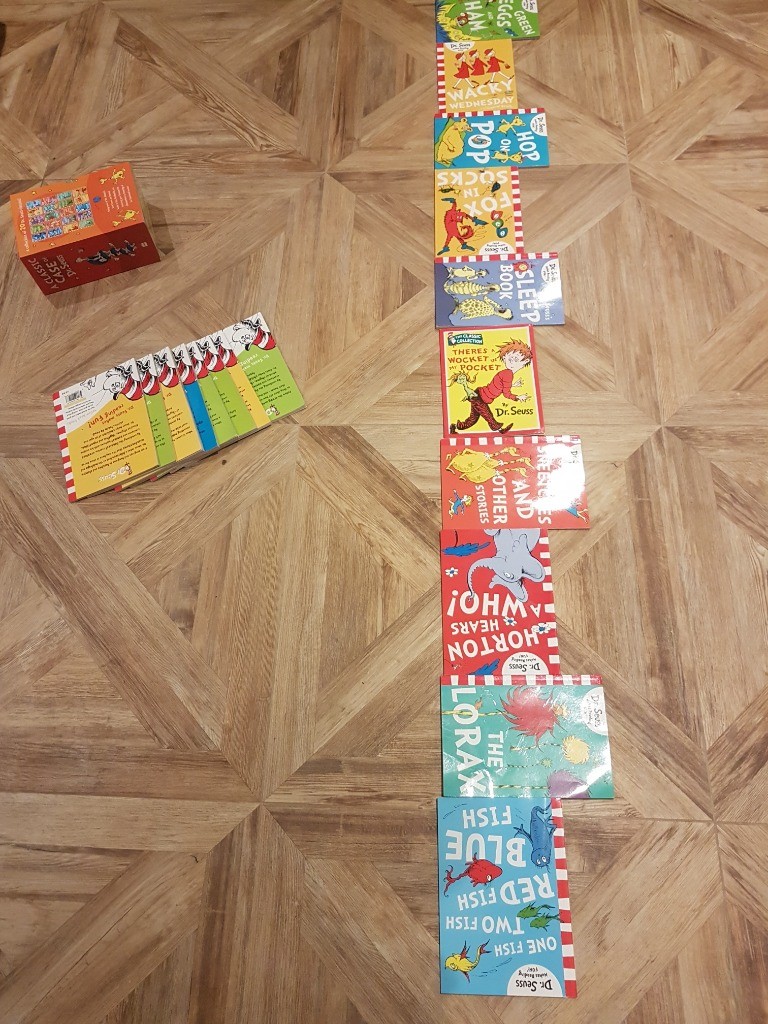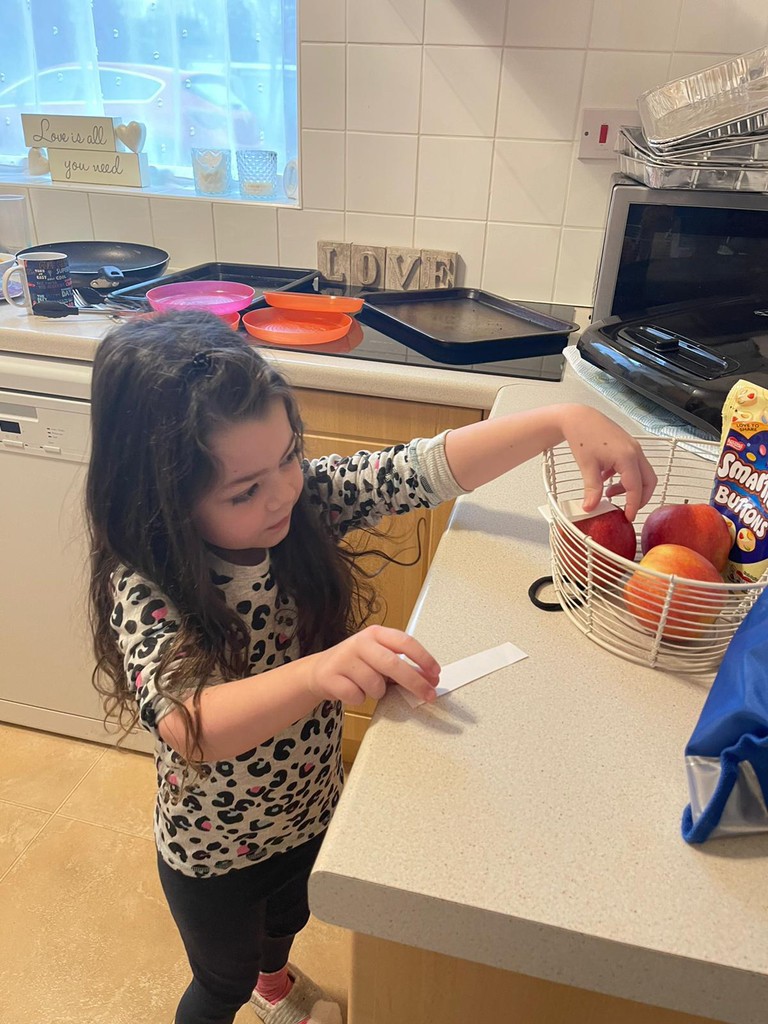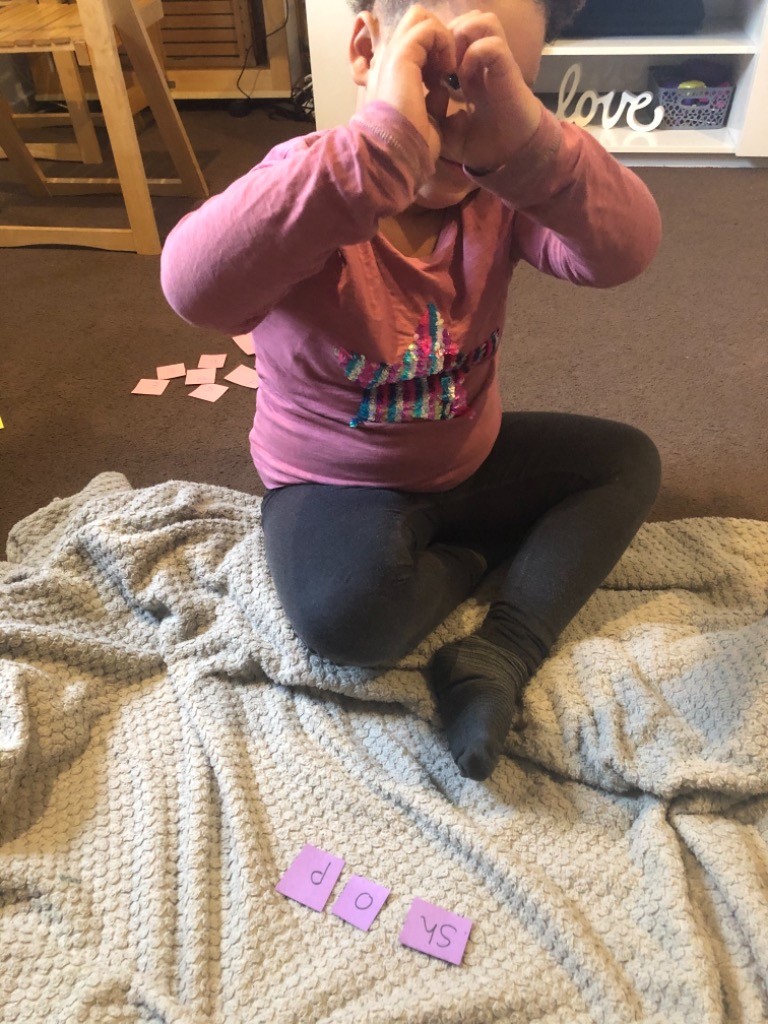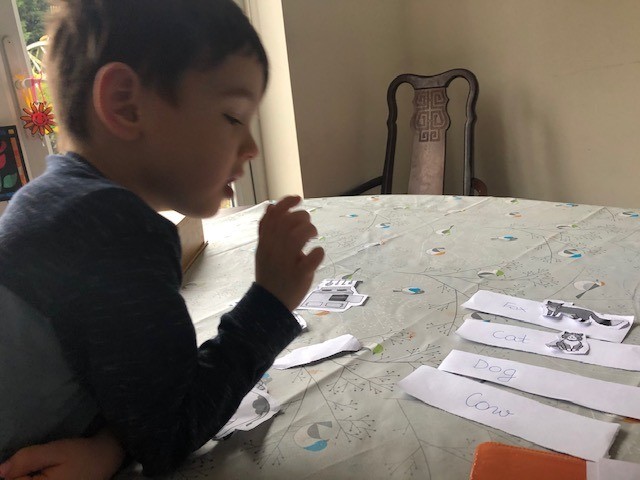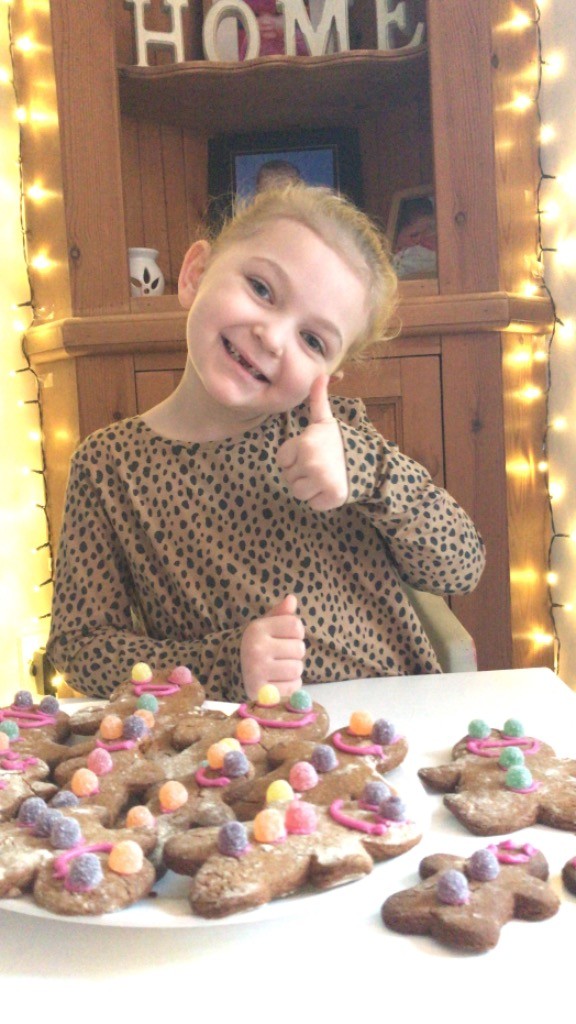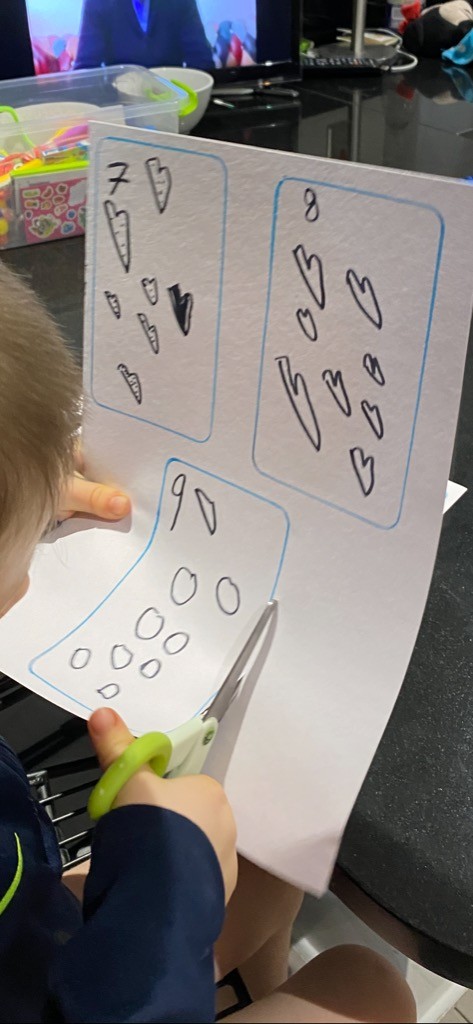Happy Friday everyone!
Communication and Language/Literacy
Tell the story from The Giant’s point of view

Hopefully your child will be a little more familiar with this idea following our Gingerbread Man story telling. As mentioned previously, this activity will help your child see the story from another angle. Plenty of acting out the story and lots of modelling will help your child.

Hot seating
Again, this is something we’ve done before – “hot seating”. Pretend to be the giant and encourage your child to ask you some questions. Or you could change roles and your child could ask the giant some questions. Of course, you can play this game pretending to be Jack, the cow or Jack’s mother.
Maybe you could try the technique with another story – perhaps when reading one of your child’s favourite story books.
Letters and Sounds
Is it right?

This game will very much depend upon your child’s stage in their spelling skills. It works by writing different variations of a word and asking your child to identify the right word. Children love to tell us when we’ve got something wrong! You can play it using words based upon the use of phonics or to help your child learn tricky words.
Using phonics
Tell your child the word you are going to try and write. Write a couple of variations and ask your child to identify the correct word and tell you why the others are not. Perhaps use your child’s word strips for this game.
For example, you may say ‘I’m going to write the word chips’
You write: cip, chip, chips
Your child may identify the right word and tell you that you forgot the ‘ch’ sound and didn’t put a ‘s’ on the end of the other word.
Ask your child to write down the correct word.
Tricky words
Tricky words are the star shapes words in your child’s word bag. These words cannot be sounded out and the correct spelling is learnt. Here are some suggestions:
wos, woz, was
dur, the, thur
go, goa
migh, my
hur, her
Ask your child to write down the correct word. Discuss – ‘How do you know?’ ‘How do you remember?’
Maths
I hope you have been able to start growing your own beanstalks. Details on my blog dated 26 January.
How about creating a chart and begin to measure the beanstalks? Here is a simple example of a chart you could create. Use something like Lego bricks as a measuring stick eg. 2 bricks high.

British Values
Individual Liberty
Individual liberty is embedded within your child’s curriculum; Personal, Social and Emotional Development together with Understanding the World. For individual liberty we focus on children’s self-confidence and self-awareness and people and communities. This value, therefore, links nicely into our children’s mental health week.
You are helping your child develop a positive sense of themselves all the time. Every time we provide opportunities for children to bake a cake, mix their own colours or take part in a running race we are helping them to develop their self-knowledge, self-esteem and increase confidence in their own abilities.
Every time we share a favourite book with a child, go for a walk or build a small world for favourite toys together, we are giving children the time and space to explore the language of feelings and responsibility; reflect on their differences and understand that we are all free to have different opinions.
So keep on enjoying the time together playing, learning and having fun!
Wishing you all a wonderful weekend.
Mrs Palmer





